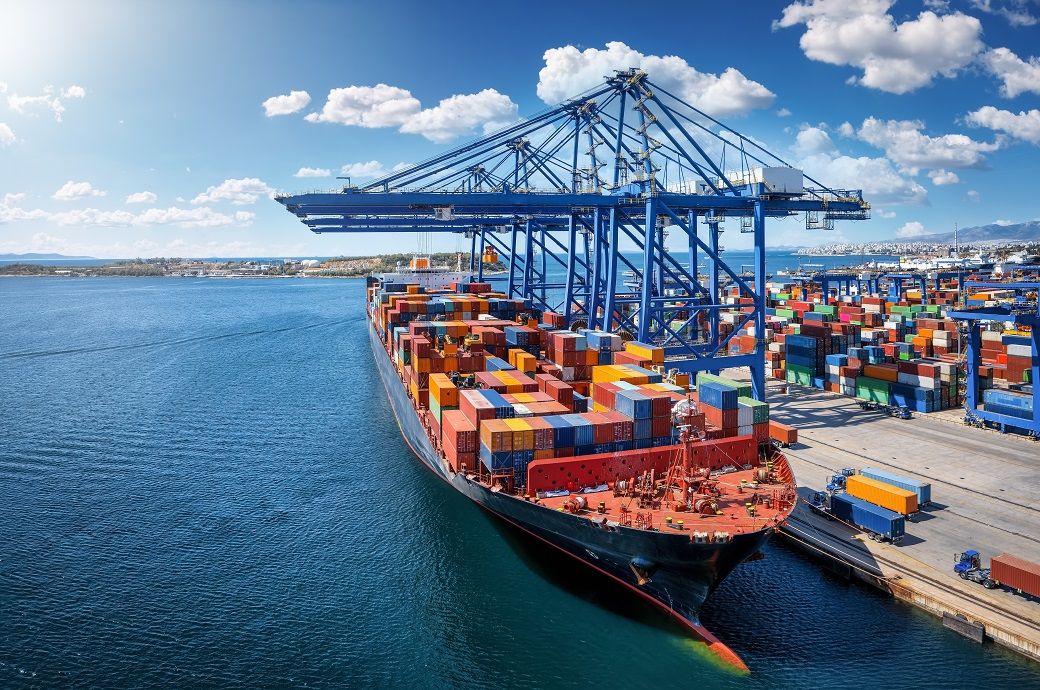
Peter Sand, chief analyst at Xeneta, a leading ocean and air freight intelligence platform, warned that the timing of the announcement is problematic for many US importers. “Liberation Day will not feel very liberating for those shippers caught in the eye of the tariff storm,” he said. “It is tough to make important decisions on your supply chain when the rules of the game keep changing.”
The announcement comes as numerous US shippers are finalising long-term ocean container freight contracts set to take effect on May 1. The uncertainty has raised difficult questions: which carriers to contract with and where to source goods over the next 12 months, Xeneta said in a press release.
While the tariffs will increase the landed cost of imported goods, Sand noted that ocean container spot rates have been on a downward trajectory since January 1, and he does not expect the new measures to reverse that trend immediately.
“At this point, we do not expect significant upward pressure on ocean container freight rates,” said Sand. “Carriers did push spot rate increases from the Far East to the US on April 1, but these are unlikely to stick amid a steadily declining market and subdued demand in February and March.”
The muted demand earlier in the year followed a surge in January, driven by pre-Lunar New Year shipping activity and a winding down of 2024’s frontloading trend. Sand added that disruption and upward pressure on rates could emerge later, once the tariff landscape is clearer and supply chains are diversified.
As of April 1, average spot rates from the Far East increased by 8 per cent into the US East Coast and 15 per cent into the US West Coast. However, these rates remain 43 per cent and 49 per cent lower, respectively, than levels seen on January 1.
The air freight market is following a similar path. Niall van de Wouw, chief airfreight officer at Xeneta, said professionals across the sector have demonstrated resilience before and are expected to respond calmly again.
“We saw an uptick in air cargo rates from China and Europe to the US at the end of March, but nothing to set alarm bells ringing,” van de Wouw stated. “The more likely scenario is a decrease in air cargo rates if tariffs result in higher prices and weaker consumer demand.”
Air cargo spot rates currently stand at $4.16 per kg from Shanghai to the US, down from a peak of $5.75 in November. Rates from Western Europe to the US are now at $2.16 per kg, down from a December peak of $3.51.
Van de Wouw also pointed to a potential increase in capacity, as airlines roll out summer schedules, which could further ease rates. Yet, he expressed greater concern over proposals to introduce fees on Chinese ships and carriers entering US ports, which are under consideration following a public hearing last week, the release added.
“These proposed fees could have a more significant impact if congestion in ocean container supply chains causes shippers to move more goods by air,” van de Wouw said. “With around 98 per cent of the world’s goods transported by ocean, it doesn’t take much of a shift to significantly affect air freight—as we saw during COVID-19 and the Red Sea crisis.”
ALCHEMPro News Desk (KD)
Receive daily prices and market insights straight to your inbox. Subscribe to AlchemPro Weekly!